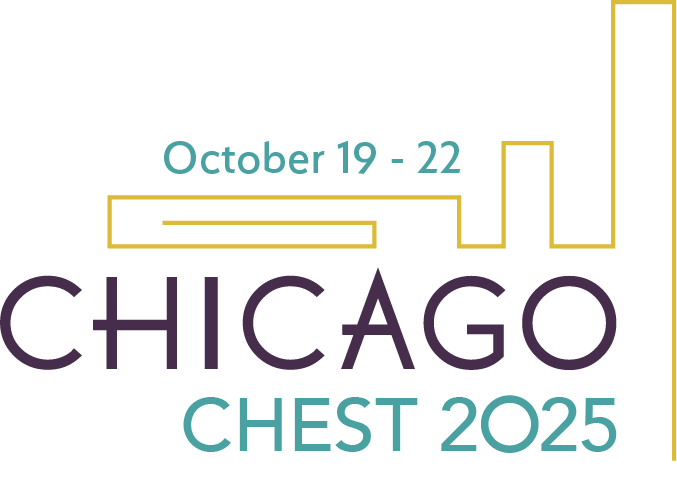
Despite being a frequently performed procedure in emergency departments and ICUs, endotracheal intubation carries significant risk for morbidity and mortality. As many as 45% of patients experience a significant adverse event in the peri-intubation period, with the most frequent being cardiovascular instability.1 As many as 3% of patients will suffer cardiac arrest within 30 minutes of intubation.1 There are a number of both patient- and procedure-related factors that can contribute to hemodynamic decompensation. Many of these factors are not immediately modifiable, but the choice of induction medication may be an opportunity to mitigate risk for hypotension. Ketamine and etomidate are two commonly used medications for sedation for endotracheal intubation and are often selected for their favorable hemodynamic profile compared with propofol.1
Etomidate

Etomidate is a substituted imidazole that produces rapid-onset, short-duration sedation. It has a favorable hemodynamic profile with minimal effects on heart rate, blood pressure, or cardiac output.2 However, etomidate is known to suppress cortisol production, which may lead to functional adrenal insufficiency in patients receiving a continuous infusion. However, the effects of a single dose of etomidate have been less definitively established. Current evidence suggests there is adrenal suppression in the first one to two days after a single induction dose of etomidate, but the clinical impact of this effect is not entirely clear. This effect appears to be most pronounced in patients with sepsis.3 More recently, there has been a concerning relationship between etomidate use and mortality.3 The results are not definitive, and it is not clear if this association is mediated by functional adrenal insufficiency.
Ketamine
Ketamine is a cyclohexanone that interacts with numerous central nervous system receptors, including NMDA, glutamate, and opioid. It has a similarly rapid onset of action but with longer duration of action compared with etomidate. Ketamine increases the activity of endogenous catecholamines via multiple mechanisms, leading to an increase in blood pressure, heart rate, and cardiac output in most patients.2 Historically, there have been concerns regarding the side effects of ketamine, including increased intracranial pressure and myocardial suppression. Recent studies do not suggest that ketamine has a significant effect on intracranial pressure, and ketamine may increase cerebral perfusion pressure due to its hemodynamic properties.4 Additionally, there is some enthusiasm for the potential neuroprotective effects of ketamine given its ability to suppress cortical spreading depolarizations, one proposed mechanism of secondary damage in patients with acute brain injury.4
A final frequently cited concern with ketamine is direct negative inotropy, which may become relevant in patients treated with exogenous catecholamines or in catecholamine-depleted states.5 However, the clinical significance of these effects is not clear given the complex interplay of catecholamine effects on preload and afterload in conjunction with the direct effects of ketamine on the myocardium. These myocardial effects are relatively short lived, and it seems that even in patients with catecholamine-dependent septic shock, ketamine use is safe.6 It may be reasonable to consider alternative agents in the setting of significant cardiac dysfunction, but for the majority of patients requiring intubation in the ICU, these effects are not likely to produce significant instability that cannot be mitigated with additional support.
The agent of choice
There have been multiple attempts to directly compare the efficacy and safety of ketamine and etomidate. Observational data in this population are particularly problematic given both medications are frequently chosen in patients who are unstable due to their perceived hemodynamic neutrality. Several randomized clinical trials have been performed without demonstrating superiority of either agent. Multiple meta-analyses have also been performed with variable outcomes depending on the chosen primary end point. When focusing on mortality, it is possible ketamine has a small advantage.7 When focusing on peri-intubation hemodynamic parameters, etomidate seems to have a small advantage.8 Reasonable arguments regarding the limitations of both of these conclusions have been made. The one thing that does seem consistent is an increased frequency of some degree of adrenal suppression with etomidate use.3,7,8
To date, there have not been data to definitively support either ketamine or etomidate as the agent of choice to facilitate endotracheal intubation in patients who are critically ill. The relative stability of these medications is demonstrated by the inconsistency of the observed results. The different conclusions seen, depending upon the specific outcome of interest and in slightly different populations, indicate a small effect size with relative equivalence between the two agents. Selection of the appropriate agent is likely still best driven by individual patient factors and anticipated tolerance of the potential side effects of either agent. Additional data to guide practice are anticipated from the Randomized trial of Sedative choice for Intubation, which is actively enrolling patients across multiple centers, with a primary end point of all-cause, in-hospital mortality at 28 days. Trial registration indicates an anticipated enrollment nearly equal to the combined patients enrolled in all previous prospective studies.9
This article was originally published in the Summer 2025 issue of CHEST Physician.
References
1. Russotto V, Myatra SN, Laffey JG, et al. Intubation practices and adverse peri-intubation events in critically ill patients from 29 countries. JAMA. 2021;325(12):1164-1172. doi:10.1001/jama.2021.1727
2. Ingrande J, Pearn ML, Patel HH. Chapter 24: General Anesthetics and Therapeutic Gases. In: Brunton LL, Knollmann BC, eds. Goodman & Gilman’s: The Pharmacological Basis of Therapeutics, 14th Edition. McGraw-Hill Education; 2023. Accessed March 9, 2025. accessmedicine.mhmedical.com/content.aspx?aid=1193231126
3. Kotani Y, Piersanti G, Maiucci G, et al. Etomidate as an induction agent for endotracheal intubation in critically ill patients: a meta-analysis of randomized trials. J Crit Care. 2023;77:154317. doi:10.1016/j.jcrc.2023.154317
4. Gregers MCT, Mikkelsen S, Lindvig KP, Brøchner AC. Ketamine as an anesthetic for patients with acute brain injury: a systematic review. Neurocrit Care. 2020;33(1):273-282. doi:10.1007/s12028-020-00975-7
5. Sprung J, Schuetz SM, Stewart RW, Moravec CS. Effects of ketamine on the contractility of failing and nonfailing human heart muscles in vitro. Anesthesiology. 1998;88(5):1202-1210. doi:10.1097/00000542-199805000-00010
6. Mostafa M, Hasanin A, Reda B, Elsayad M, Zayed M, Abdelfatah ME. Comparing the hemodynamic effects of ketamine versus fentanyl bolus in patients with septic shock: a randomized controlled trial. J Anesth. 2024;38(6):756-764. Preprint. Posted online August 18, 2024. doi:10.1007/s00540-024-03383-9
7. Koroki T, Kotani Y, Yaguchi T, et al. Ketamine versus etomidate as an induction agent for tracheal intubation in critically ill adults: a Bayesian meta-analysis. Crit Care. 2024;28(1):48. doi:10.1186/s13054-024-04831-4
8. Greer A, Hewitt M, Khazaneh PT, et al. Ketamine versus etomidate for rapid sequence intubation: a systematic review and meta-analysis of randomized trials. Crit Care Med. 2025;53(2):e374-e383. Preprint. Posted online November 21, 2024. doi:10.1097/CCM.0000000000006515
9. Casey J. Randomized Trial of Sedative Choice for Intubation (RSI). Clinicaltrials.gov. 2024. Accessed February 23, 2025. https://clinicaltrials.gov/study/NCT05277896
